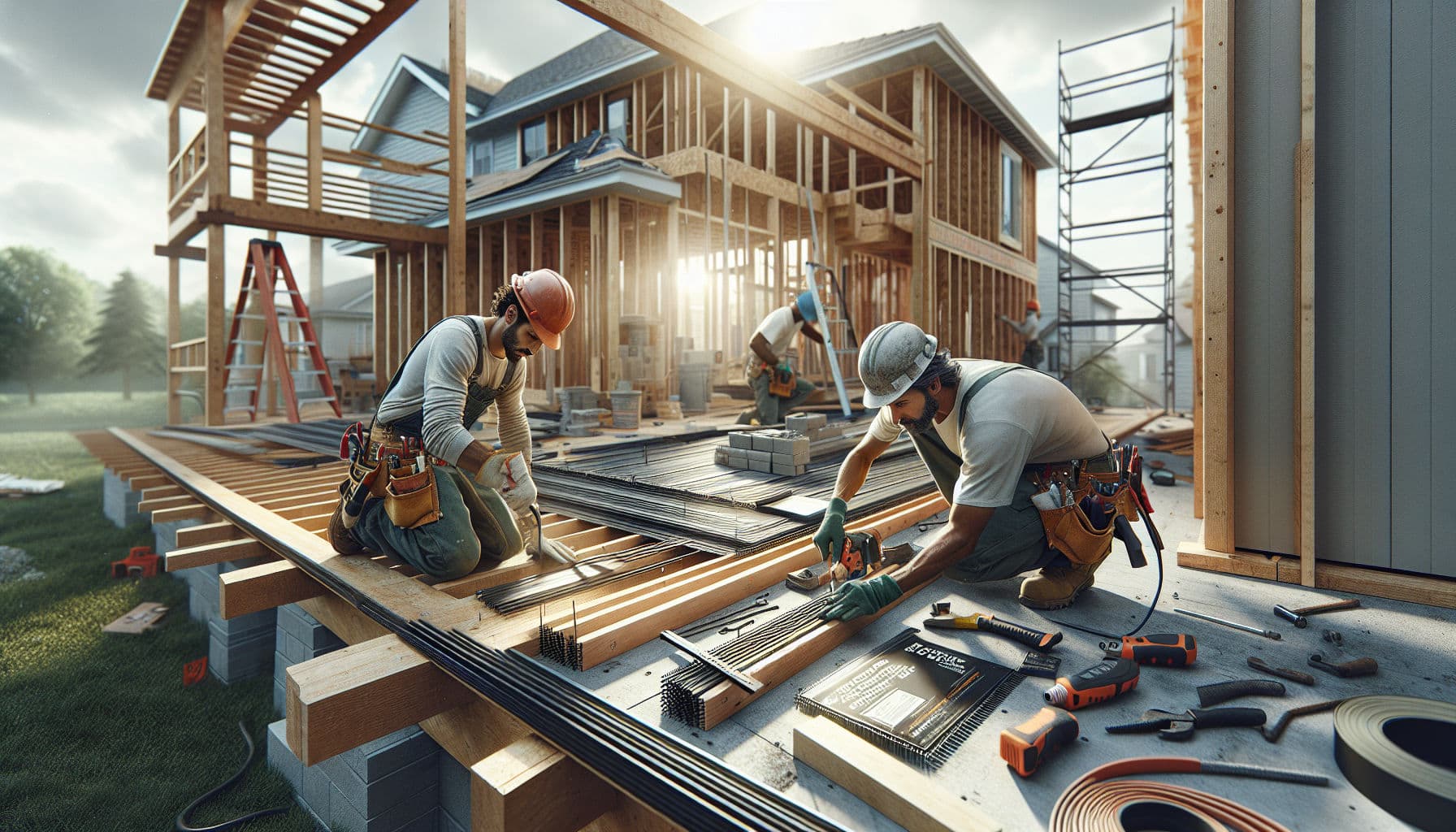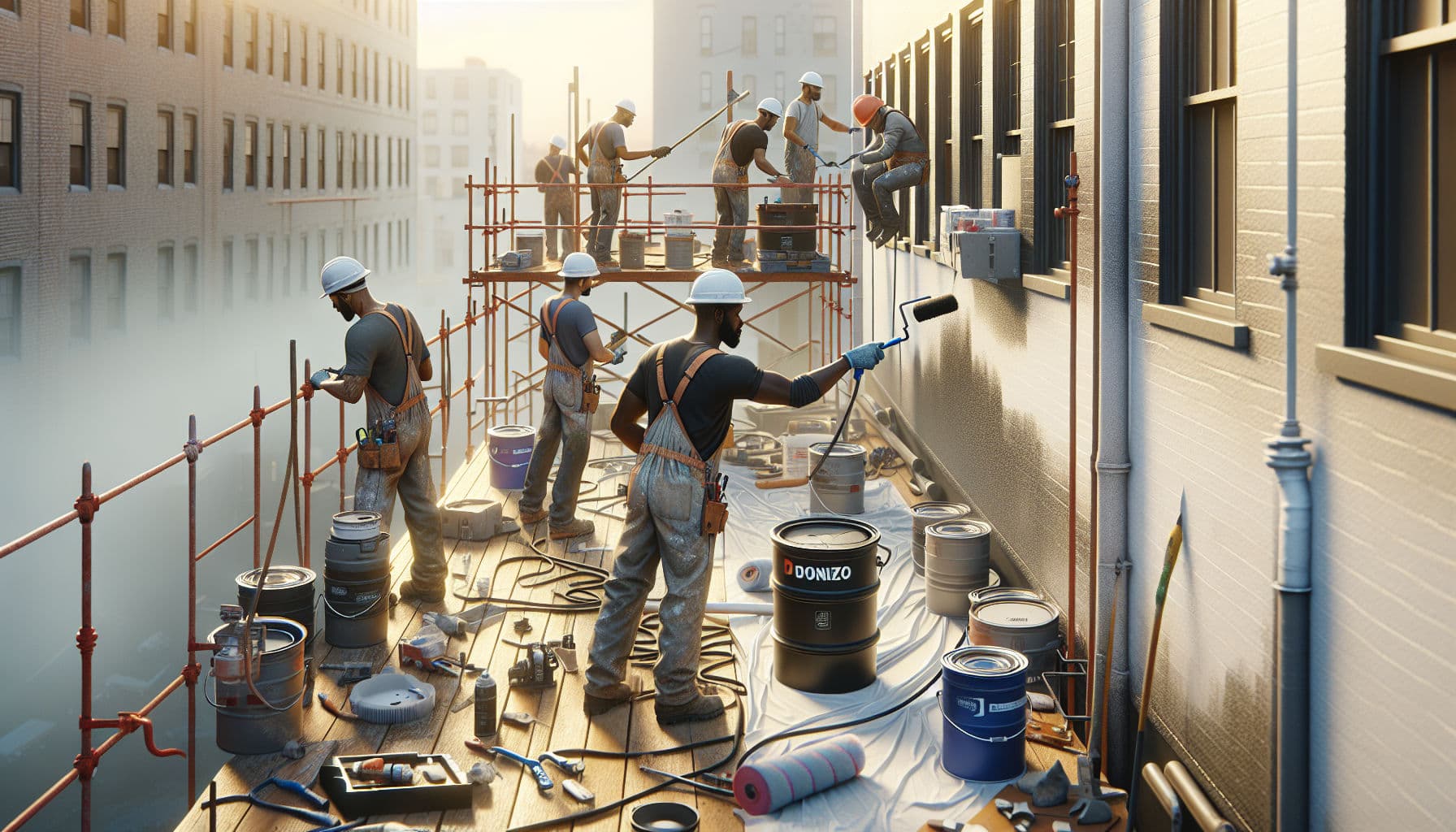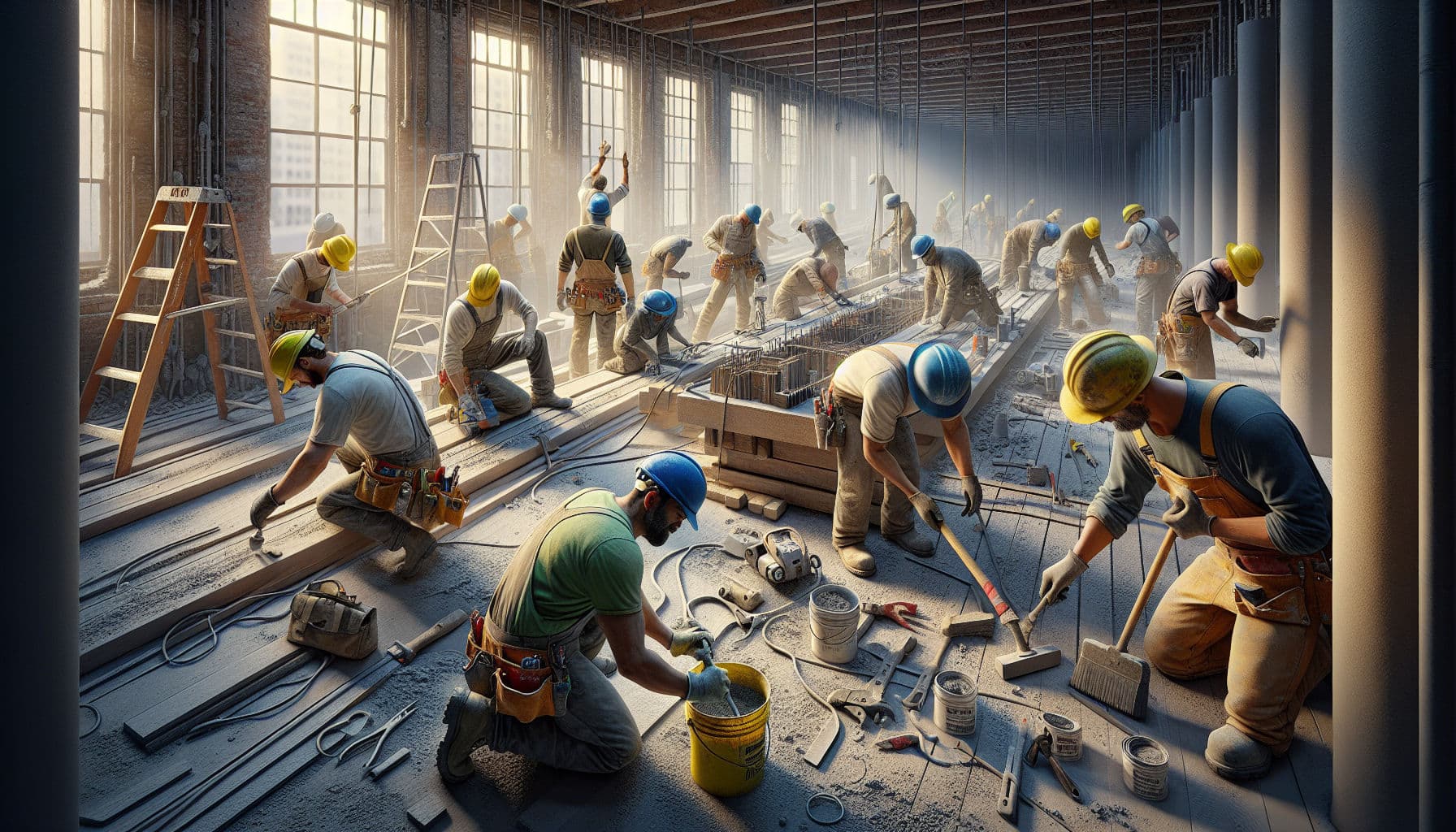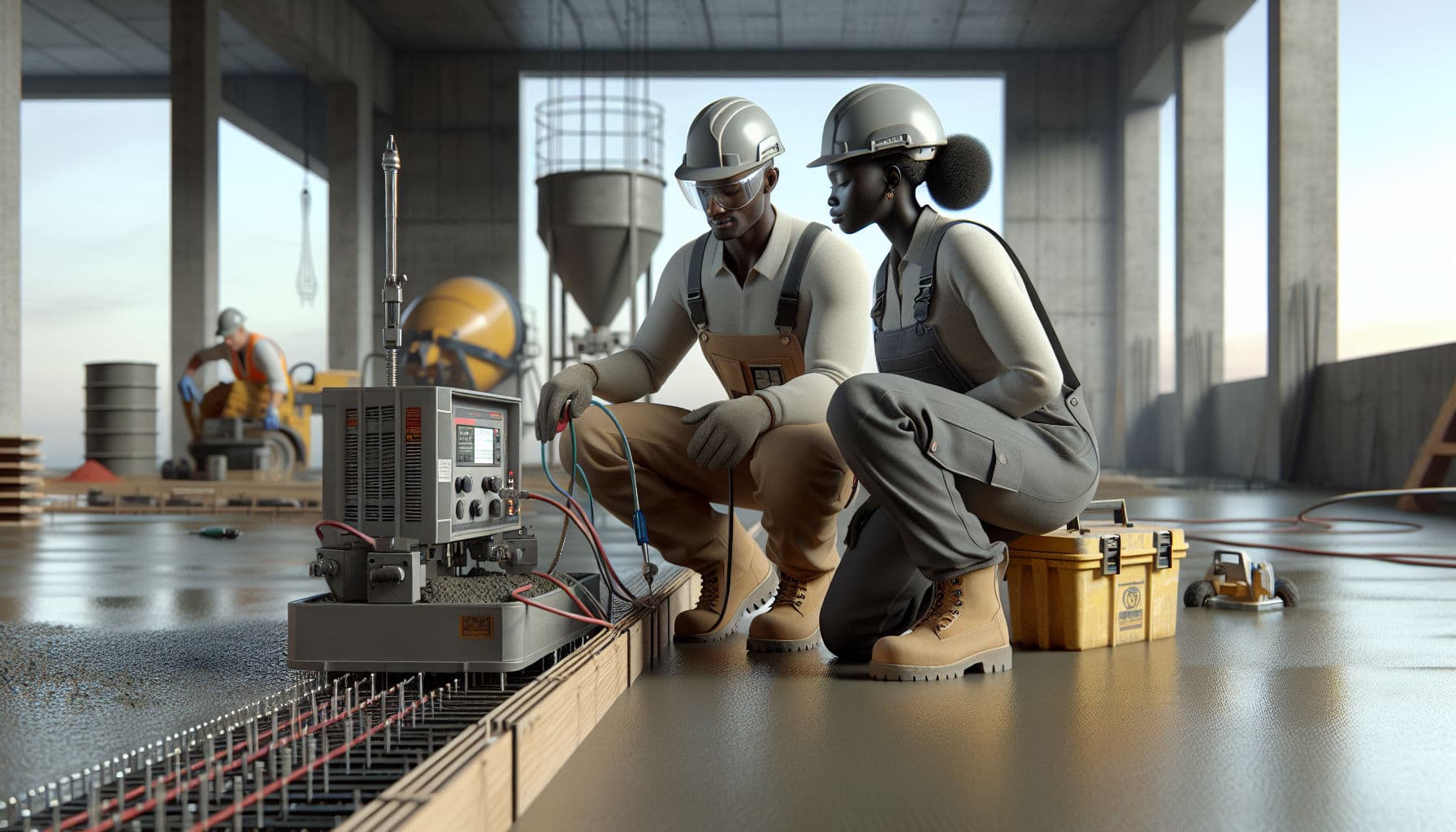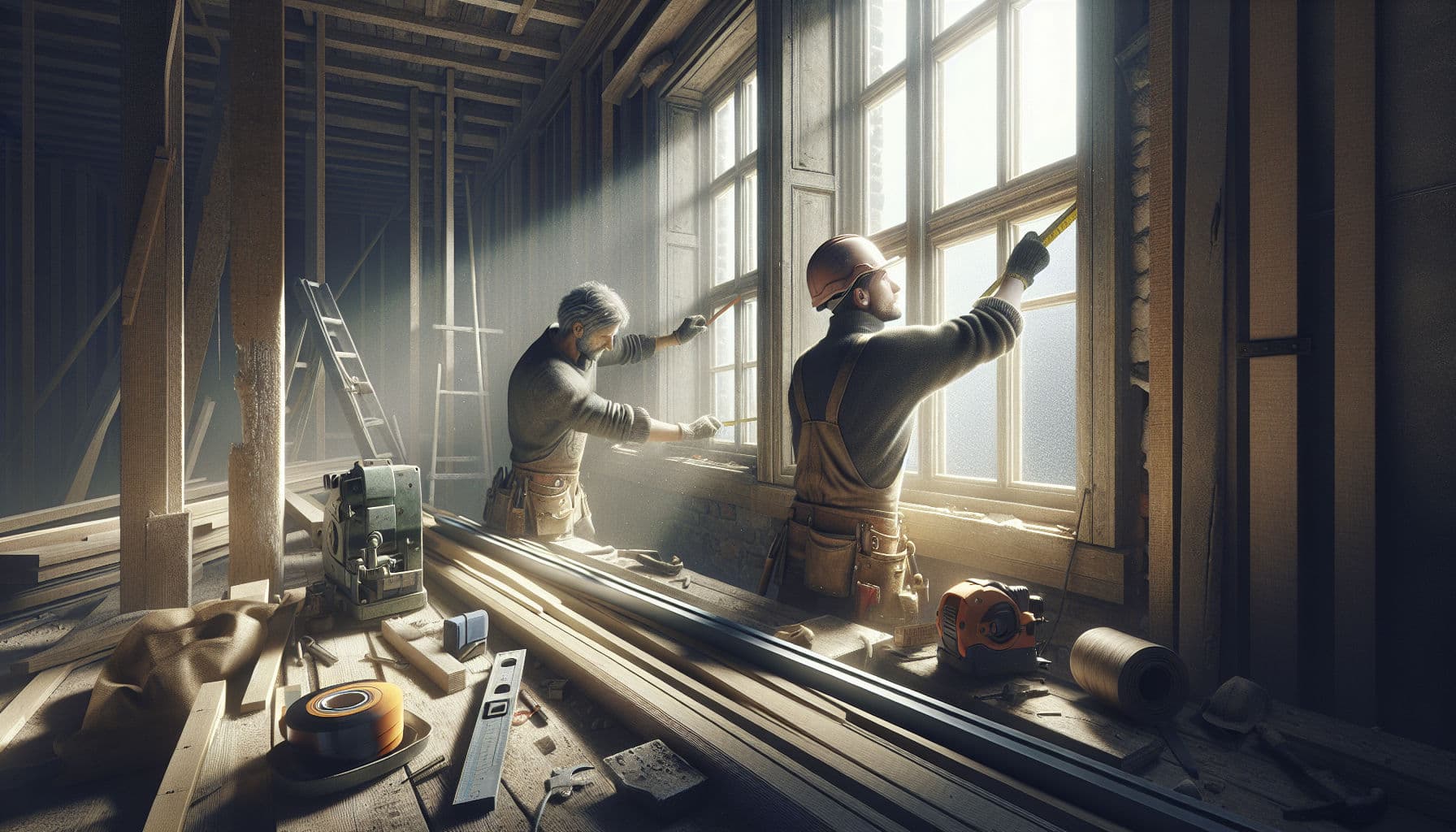Field-Tested Hidden Conditions Checklist Renovation 2025
Stop margin killers with a hidden conditions checklist renovation and pre-renovation site survey checklist. Practical steps, EU rules, and tools crews use now.
Table of Contents
Introduction
Surprises behind walls wreck schedules and margins. This practical guide shows what to check before demolition, how to document discoveries, and how to communicate and price extra work fairly. You’ll get a field-tested process, quick diagnostics, EU safety pointers for France/Italy/Spain, and ready-to-use steps your crew can follow on the next job.
From our on-site experience across FR, IT, and ES, water damage is the most common cause of rework on interior refurbishments, and in France, water-related claims regularly top home insurance incidents. Europe also recorded unprecedented heat in 2024 (Copernicus), which accelerated moisture issues in poorly ventilated buildings. The fix is disciplined surveys, clean documentation, and fast client decisions.
Pre-Renovation Site Survey Checklist
Run this in under 90 minutes for a typical flat. The aim: confirm assumptions, expose risks, and set client expectations before you touch a tool.
- Access and Services
- Verify shut-offs, water meter, and electrical panel labelling.
- Test GFCI/RCDs with a socket tester; note tripping circuits.
- Water and Drainage
- Dye-test traps; look for slow drains and siphon loss.
- Pressure-test supply lines if valves and fixtures allow.
- Structure and Movement
- Laser-check floor slope: >6 mm over 2 m suggests leveling.
- Door rubs or diagonal cracks near openings = movement history.
- Moisture Recon
- Pin meter on skirtings and shower walls; log any elevated readings.
- Thermal scan cold corners for condensation risk.
- Ventilation
- Hold a tissue to extract grilles; if it drops, airflow is weak.
- Note window trickle vents or their absence.
- Building Age Cues
- Pre-1997 (FR), pre-1992 (IT), pre-2002 (ES) buildings may contain asbestos; flag for survey if disturbance likely.
- Client Use and Tolerance
- Ask about past leaks, smells, and “mystery” stains. Confirm tolerance for noise/dust and working hours.
Log everything with date-stamped photos, short voice notes, and a one-line risk statement per issue. Have the client initial the risk list during the kickoff meeting.
Quick field reference:
| Red Flag | What It Means | Quick Test |
|---|---|---|
| Musty smell in bathroom | Hidden damp in walls/floor | Pin meter >16% WME |
| Hollow tiles near shower | Bond failure or moisture | Tap test + thermal image |
| Efflorescence on brick | Capillary rise | Foil test 24 h |
| Sunken floor area | Joist damage or sag | 2 m laser slope check |
| Flaking paint above skirting | Rising damp or leaks | Salt test + meter |
Time and cost snapshot: One technician for 1.5 h at €45/h = €67.50. Add a 15-minute client review on site. This small investment routinely saves days later.
Pro tip: Present two start scenarios in your offer—“Clean conditions” and “With remediation allowance”—so the client sees the cost/time delta upfront.
At this point, crews using Donizo create a pre-start report in minutes: photos, voice notes to text, and a tidy client-facing summary. That single habit cuts disputes and speeds approvals.
Latent Conditions Clause Example
You don’t need legalese—just a clear, fair mechanism everyone understands. Include these elements in your private works contract:
- Definition
- “Unforeseen site conditions discovered after work begins that could not be reasonably identified during the initial inspection.”
- Immediate Notification
- Written notice within 24–48 hours of discovery, with photos and a short description of impact on time and cost.
- Pause and Protect
- Safeguard the area, isolate utilities if needed, and stop the affected task until written instruction is received.
- Pricing Method
- Use pre-agreed unit rates (e.g., €/m² for plaster repair) or time-and-materials with a stated markup for materials and subcontractors.
- Time Impact
- Extension of time equal to delay, plus any resequencing needed for follow-on trades.
- Disposal and Compliance
- Hazardous or special waste handled by licensed firms; costs billed at documented rates.
- Approval Workflow
- One-page scope update with photos and line items, signed digitally by the client before resumption.
Regional notes:
- France: Add the mechanism in your devis and general terms. Written approval before continuing protects both parties under consumer law.
- Italy: In a contratto d’appalto, define how imprevisti are notified and priced; keep signatures for every scope update.
- Spain: In a contrato de obra, describe procedimiento for “descubiertos” with documented unit rates and a simple sign-off step.
Field workflow that works:
- Discover and make safe.
- Photograph with a ruler/laser for scale.
- Record a 30-second voice note stating the risk and options.
- Send a one-page proposal with dates and unit rates.
- Resume once signed.
With Donizo, you can turn those site notes into a priced scope update in minutes, keep client chats in one thread, and track approvals without hunting through messaging apps.
Moisture And Mold Risk Assessment
Moisture is the silent job killer. A fast, reliable assessment avoids repainting the same wall twice.
- Instruments That Matter
- Pin moisture meter: Wood 12–16% is typical indoor; >18% flags risk. Gypsum >1% WME equivalent is suspicious near wet zones.
- Hygrometer: Room RH >65% for long periods encourages mold; chase ventilation sources.
- Thermal camera (phone attachment works): Spot thermal bridges and cold pipes.
- Tests You Can Run Today
- Foil test for rising damp: Tape a 30×30 cm foil square to a suspect wall. Condensation on the wall side after 24 h = moisture in the substrate.
- Salts check: White powdery deposits signal capillarity; plan for salt-resistant primers or barrier systems.
- Shower leak triage: Plug drain briefly, fill to threshold, mark waterline. Drop indicates leak paths.
- Remedy Planning
- Drying time rule of thumb: For small rooms with a 200 m³/h extractor, expect 1–3 days to drop RH from 70% to 55% with gentle heat and airflow.
- Material choices: Cement-based boards in wet zones, mold-resistant paints (Class 1 scrub), flexible sealants, correct backer for stone.
- Sequence: Fix source → dry to target → rebuild. Never trap moisture under new finishes.
- Client Education
- Show the meter reading, not just the stain. People accept facts they can see.
Document baseline readings on day one, then capture after-remedy readings before closing walls. It proves performance and ends “it was already wet” debates.
Asbestos And Lead Paint Rules 2025
If you suspect hazardous materials, stop and get specialist help. High-level EU pointers with local specifics:
- France
- Asbestos banned since 1997. A pre-work asbestos survey is mandatory when disturbing certain materials in older buildings. See INRS guidance.
- Lead paint risk assessments exist for older housing. For sales and rentals, official surveys apply; during works, test if you plan to sand or strip coatings. Government info: Service-Public lead paint.
- Spain
- Asbestos banned since 2002. Work must be done by firms registered for asbestos operations, with approved plans. Resources: INSST Amianto.
- Lead hazards are managed via risk prevention rules; test before creating dust in pre-1980s coatings.
- Italy
- Asbestos banned by Law 257/1992; risk assessment under D.Lgs 81/2008. Info: INAIL Asbestos.
- Lead in old paints requires controlled methods and PPE; consider lab testing before mechanical removal.
Golden rules for small teams:
- Don’t drill, sand, or grind suspect materials.
- Use accredited labs for sampling; never DIY hazardous removal.
- Plan for sealed waste bags, licensed transport, and disposal paperwork.
Frequently Asked Questions
What photos should I capture to prove unforeseen site issues?
Get a wide shot for context, then two close-ups with a scale (ruler/laser). Include a moisture reading display if relevant, and one photo showing the room location. Add a 20–30 second voice note stating date, room, and the immediate risk.
How do I price extra work so clients accept it without conflict?
Use simple unit rates published in your offer (e.g., €/m² for plaster repair, €/m for pipe replacement). Provide two options—minimum fix and full remedy—with clear time impact. Keep it on a single page with photos and a signature line for fast decisions.
Which low-cost tools deliver the best return for surveys?
A reliable pin moisture meter, a socket tester, a phone thermal camera attachment, a basic borescope, and a compact laser level. Together under €500, they prevent most debates and help you quote accurately.
Do I need an engineer for every crack I find?
No. Hairline shrinkage cracks that don’t follow structural lines are usually cosmetic. But diagonal cracks from corners, wide gaps that change over time, or doors going out of square suggest movement—pause, document, and consult a structural pro.
Conclusion
Unseen problems don’t have to derail your job. A disciplined survey, a clear contract mechanism, and quick, visual client communication keep you on schedule and protect your margin. Start with a tight pre-start routine, document discoveries in minutes, and price with pre-agreed unit rates.
If you want fewer admin hours and faster approvals, use Donizo. Capture site notes by voice, generate priced proposals, track messages and approvals in one place, and invoice with the correct VAT when the work is done. That’s how small teams across France, Italy, and Spain win back hours each week and finish jobs with happier clients.

